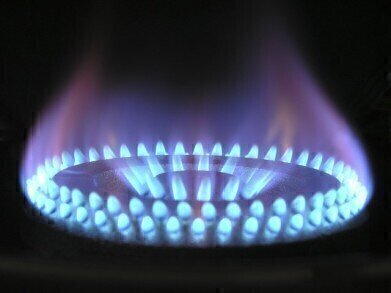Measurement and Testing
How Do You Measure Gas Flow in Pipelines?
Jan 24 2022
From the South Pars/North Dome field in the Persian Gulf to the Marcellus Formation in the United States, most gas reservoirs are a substantial distance from the processing plants that transform the resource into a usable commodity. The industry relies heavily on transport solutions, including pipelines, trains and tankers, to move gas between different locations.
During this process, it’s common for resources to undergo a transfer of ownership. For example, when North Sea natural gas is transferred from the Teesside Gas Processing Plant (TGPP) to transporters who move the product to its next destination. When the resource changes hands it’s critical to keep track of every cubic foot of gas. Custody transfer is fundamental to this process, allowing both buyers and sellers to measure transactions with incredible accuracy. Even a small measurement error can translate to huge revue losses for the short-changed party.
The role of ultra-precise flow meters
Flow meters, also known as flow sensors, are considered gold-standard when it comes to custody transfer in the gas sector. The industry relies on these highly specialised instruments to maintain fiscal gas metering accuracy for upstream, midstream and downstream applications.
As well as protecting the fiscal interests of both parties, custody transfer systems ensure transactions meet local and international standards. For example, in the UK transactions must meet standards enforced by the Oil and Gas Authority (OGA).
Depending on the application, operators can choose from a range of gas flow meter technologies. These include:
- Ultrasonic flow meters
- Differential pressure flow meters
- Coriolis flow meters
- Electromagnetic flow meters
- Vortex time flow meters
- Paddle wheel flow meters
- Thermal dispersion flow meters
- Floating element flow meters
Challenges in Gas Flow Measurement
While instruments and systems used for custody transfer in the gas sector are state-of-the-art, operators face a variety of challenges:
Flow speeds
Flow speed can have a big impact on the performance of flow meters. Unexpected changes in flow speed are common in gas custody transfer transactions and can compromise the accuracy of measurements.
Environmental resilience and suitability
Gas is a highly hazardous resource and must be treated with caution at every stage of the upstream, midstream and downstream processes. Flow sensors must be durable enough to withstand the harsh environments of gas processing plants and must never put the safety of personnel at risk.
Calibration challenges
Precise calibration can be a challenge for gas custody transfer systems, particularly in the face of high pressure and high temperature environments. These variables can be considerable different from the calibration settings developed in testing laboratories and can contribute to measurement uncertainty.
Custody transfer can be complex, with a constellation of factors to consider when designing reliable systems. Find out more about the latest sophisticated measurement solutions used by the industry in 'A Reliable Natural Gas Supply'.
Digital Edition
PIN 25.2 Apr/May
April 2024
In this Edition Safety - Carbon monoxide toxic and flammable gas detection Analytical Instrumentation - Density: A fundamental parameter at critical stages within the petroleum sector...
View all digital editions
Events
May 05 2024 Seville, Spain
May 06 2024 Riyadh, Saudi Arabia
May 06 2024 Houston, Tx, USA
May 06 2024 Houston, Tx, USA
Canada Gas & LNG Exhibition & Conference
May 07 2024 Vancouver, BC, Canada


















